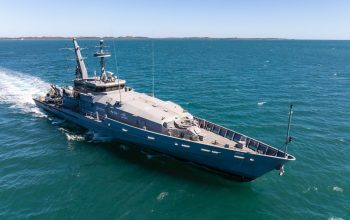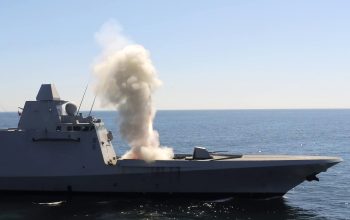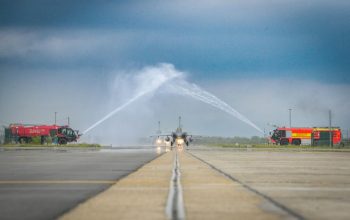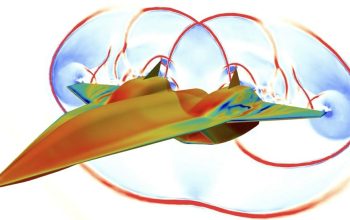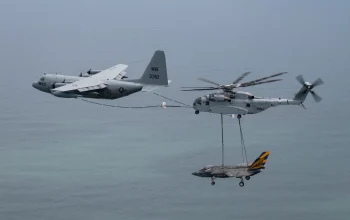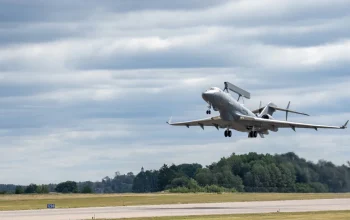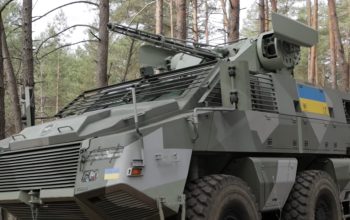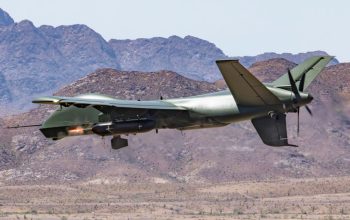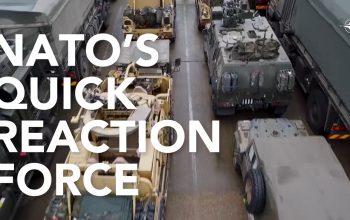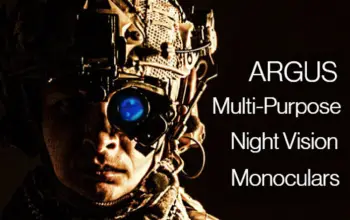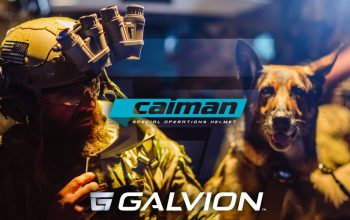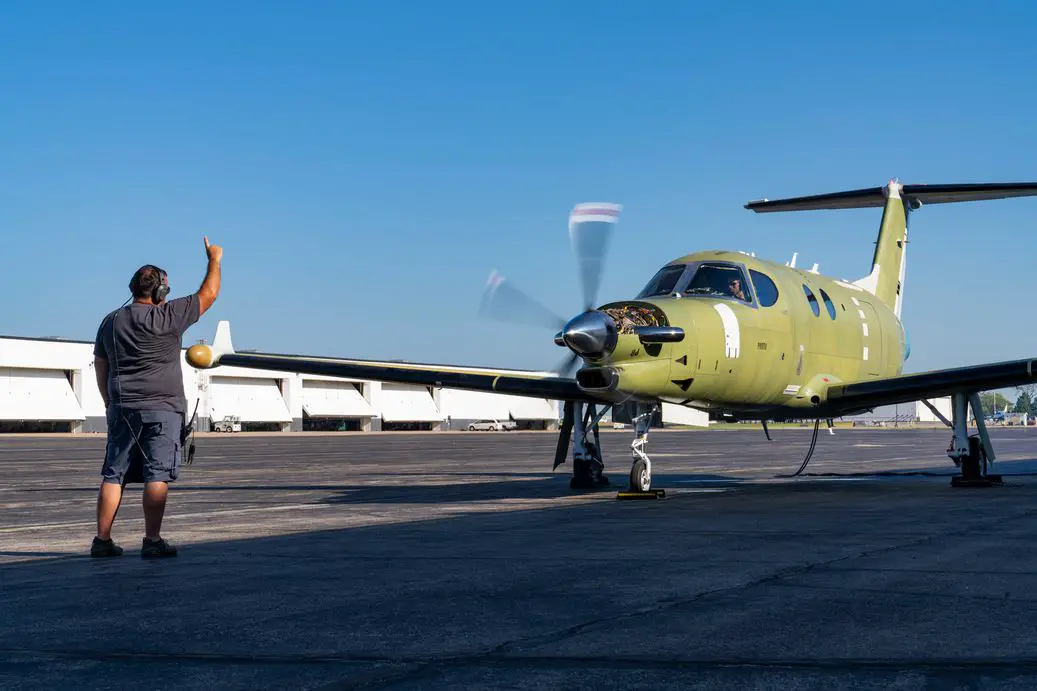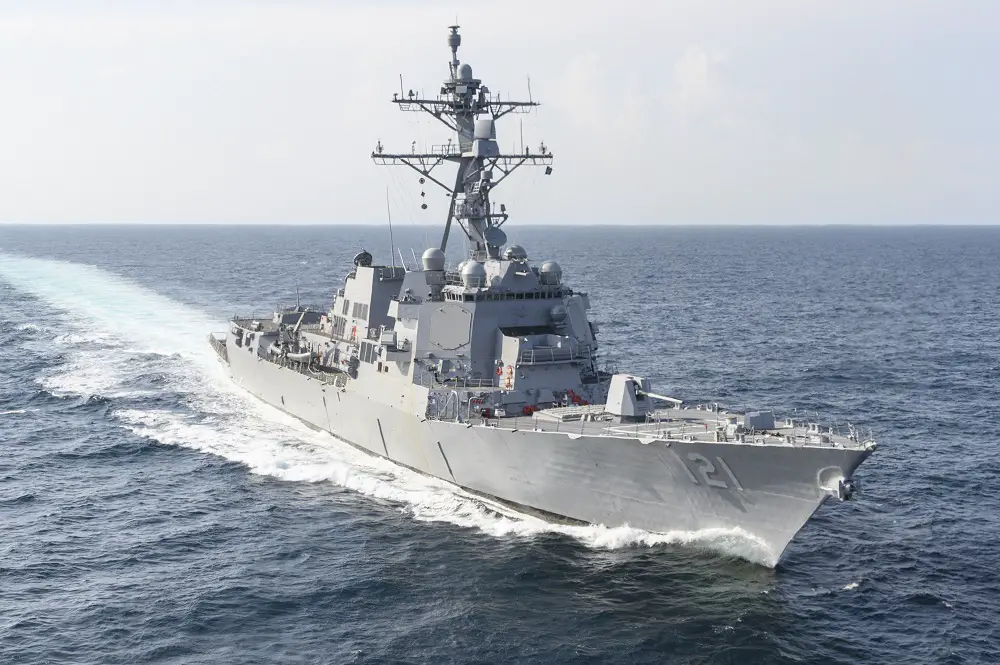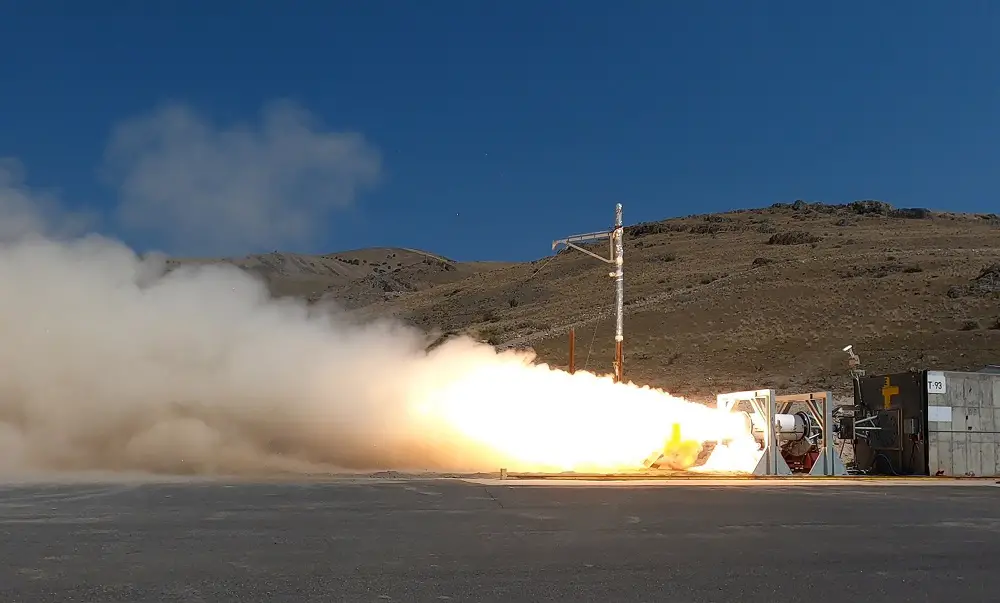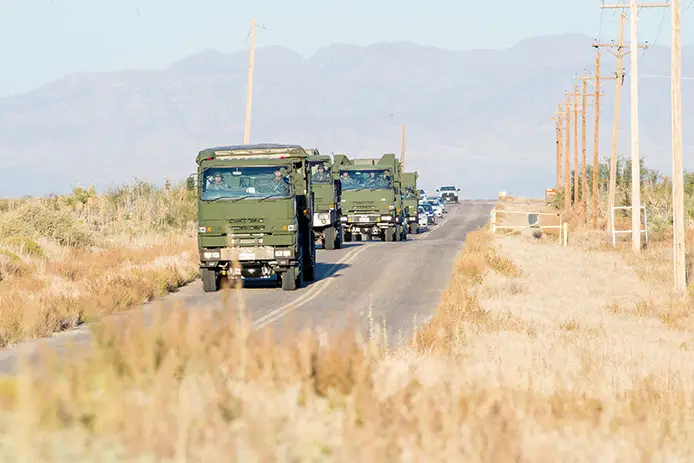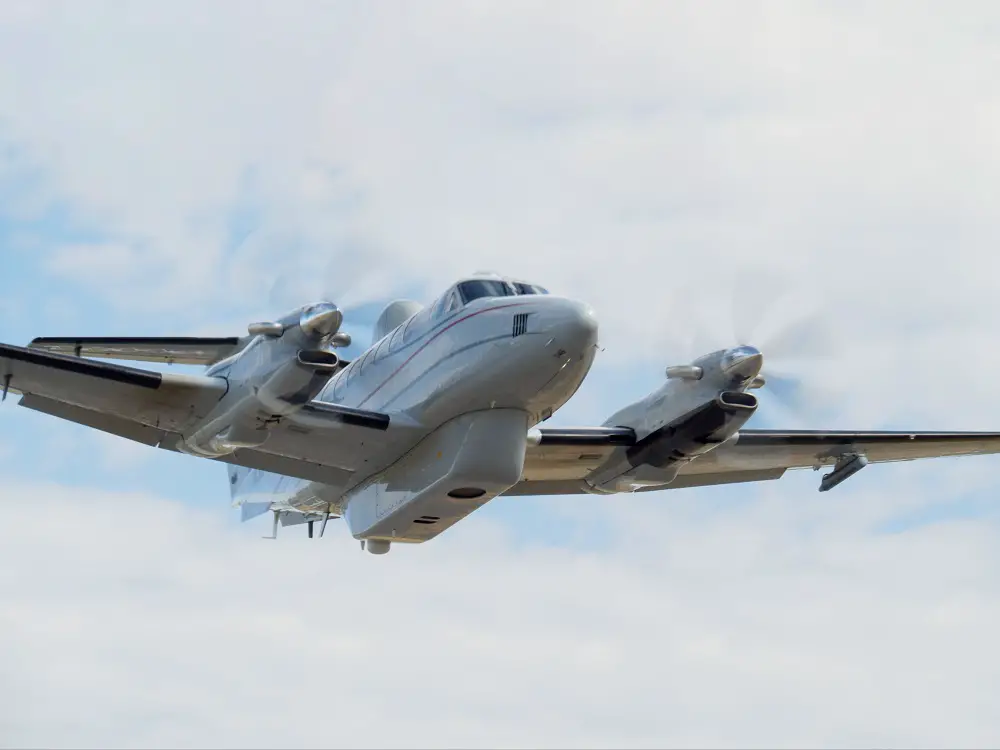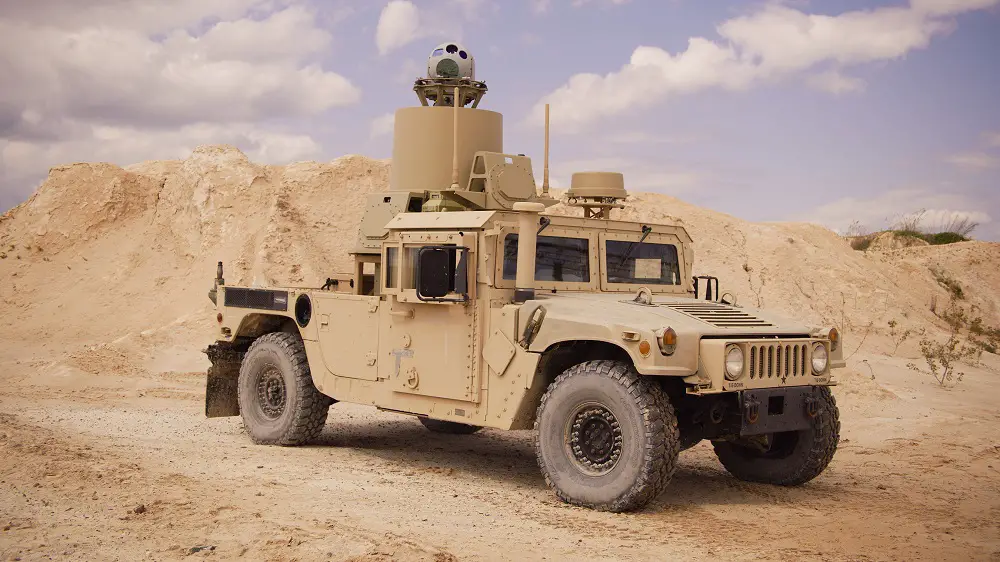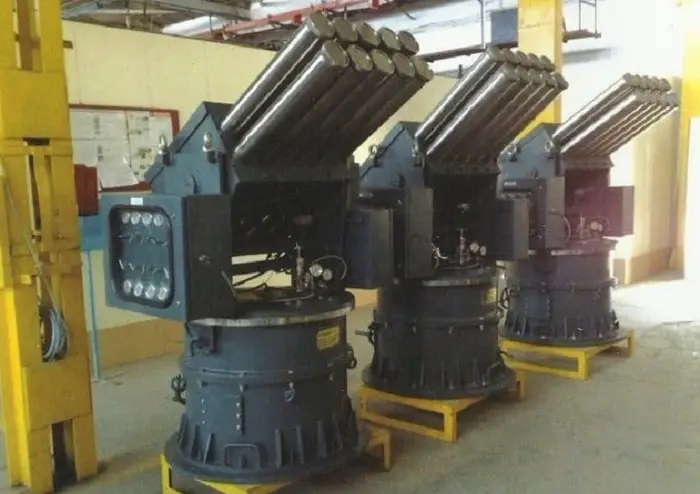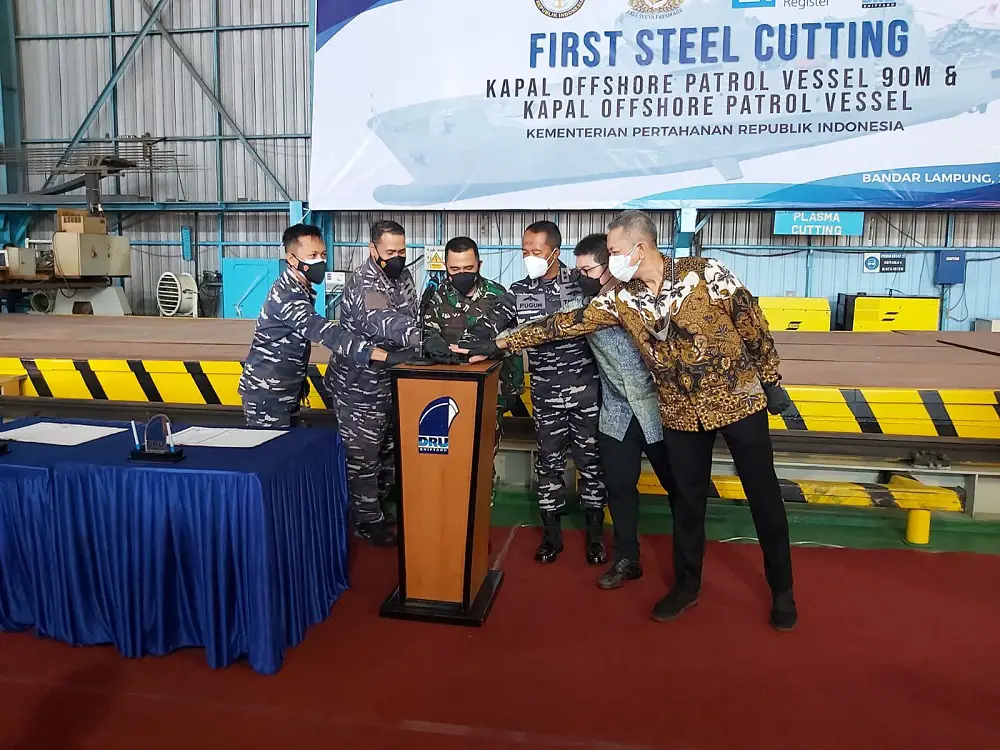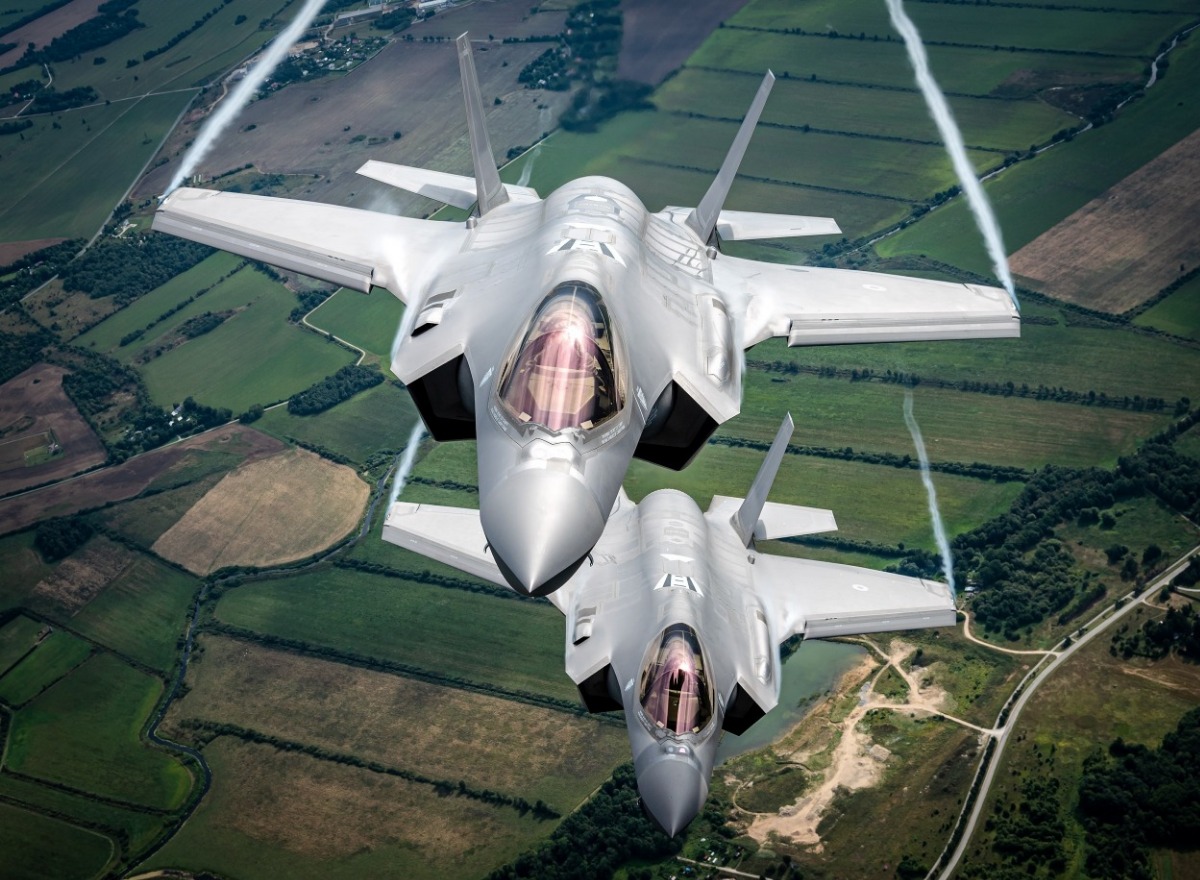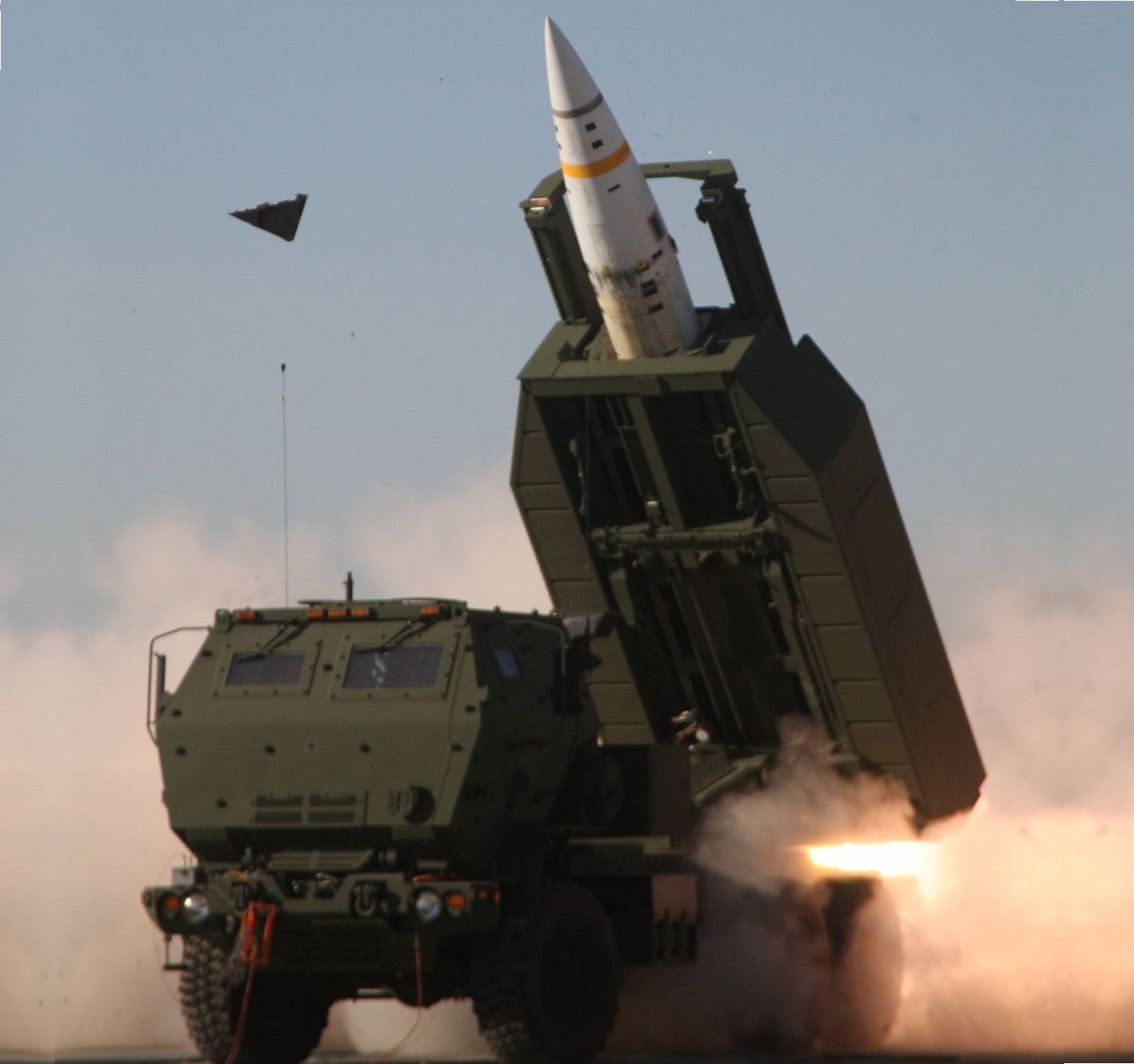Kampfschwimmer (abbreviated “KSM”) or Verwendungsgruppe 3402 (Deployment Group 3402) is Germany’s Maritime Special Operations Force.
HISTORY:
The Kampfschwimmer were set up particularly because Germany joined NATO and there was felt to be risk of war with the Soviet Union. A unit was needed which could help to secure the Baltic Sea exits through the Danish Straits. On 1 August 1958 Group 3402, as these commando frogmen were called by the navy, was set up. It consisted of men without a Nazipast, who had served in World War II in the small combat forces and the naval employment commands.
The Kampfschwimmer should carry out their tasks both in the water and ashore, like German commando frogmen did in World War II. But now a new dimension was added: airborne operations. This three-role concept of the French became the basis of the commando frogmen of the German navy.
On 1 April 1964, the Kampfschwimmer appeared for the first time as an independent body. In the following years they extended their tasks, but lacked money. Thus e.g. they had to buy their own drysuit undersuits.
ORGANIZATION:
Since 1974 the Kampfschwimmer have been stationed in the naval base at Eckernförde near Kiel. In October 1994 they were subordinate to the Flotilla of Mine Warfare. In Eckernförde a combat frogman group was set up, it consists of a mine clearance diver company and a commando frogmen company. Allegedly the weapon diver group has 250 men. The commando frogmen company had, according to strength and equipment records, 3 groups, each with 16 men. Of it, approximately 40 men are actively operational.
In 2001 the Waffentauchergruppe (“Armed Diver Group”) became the Bataillon Spezialisierter Kräfte (“Specialised Forces Battalion”).
By a transformation in 2003 the Spezialisierte Einsatzkräfte Marine (“Specialized Purpose Force of the Navy”) was formed. The SEK M was divided further into the Combat Swimmer Company, a mine clearance diver company, and two naval companies for special employments, a training inspection group, and further support elements.
OPERATIONS:
In the Gulf War, German frogmen completed various operations that are classified by German Intelligence and such. Frogmen have decreased ten times in size as in the 1990s they had est. 3,500-4,000 troops.
The naval commandos were also active from 1994 to 1996, during the NATO arms embargo against former Yugoslavia. The frogmen conducted boarding operations of suspicious freighters from German frigates and destroyers. Due to insufficient berthing capabilities on board the German warships, the boarding parties were usually undermanned. The commandos had to train ordinary crewmembers as auxiliaries in tasks such as keeping watch and taking control of the engine room and bridge of the boarded vessels.



